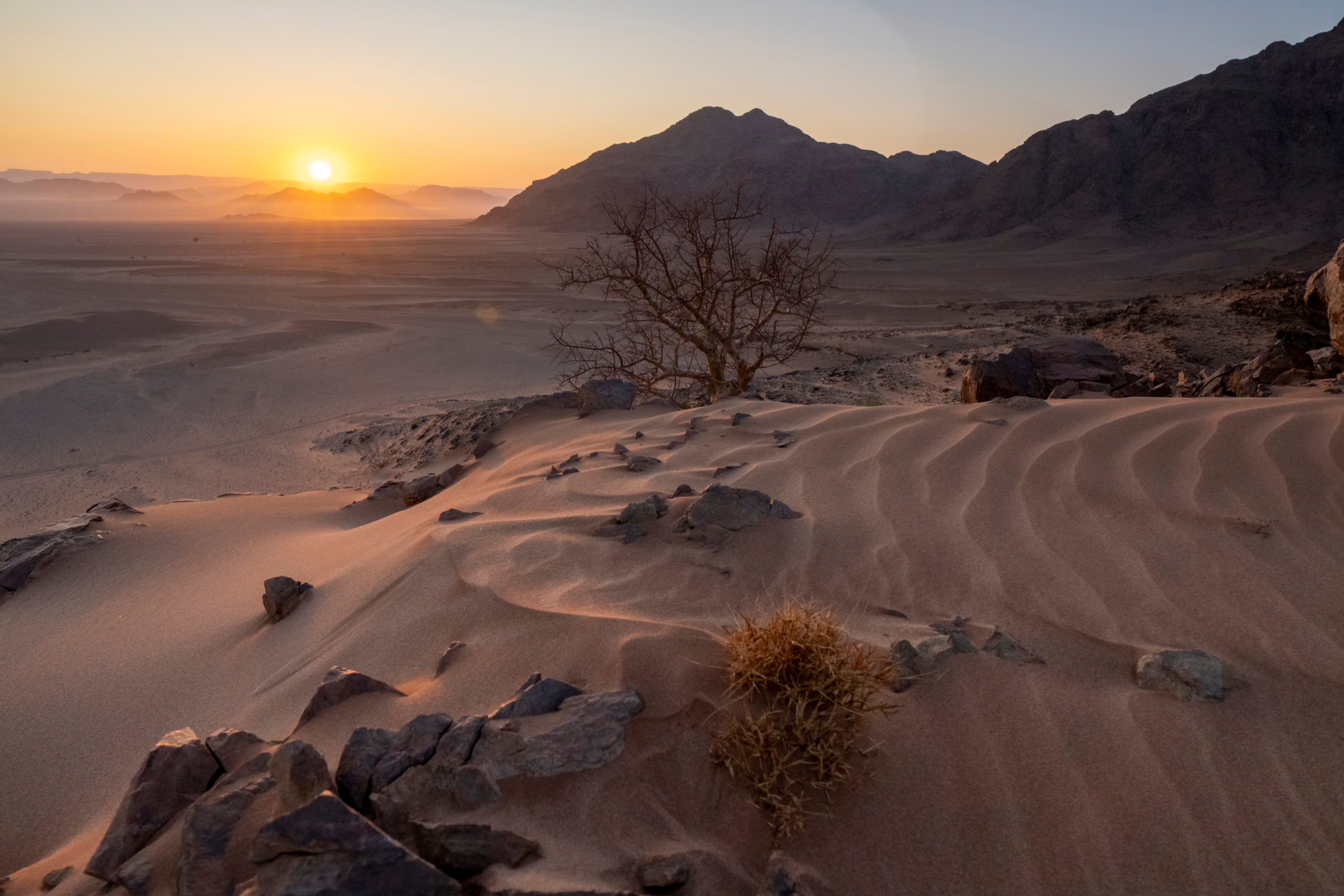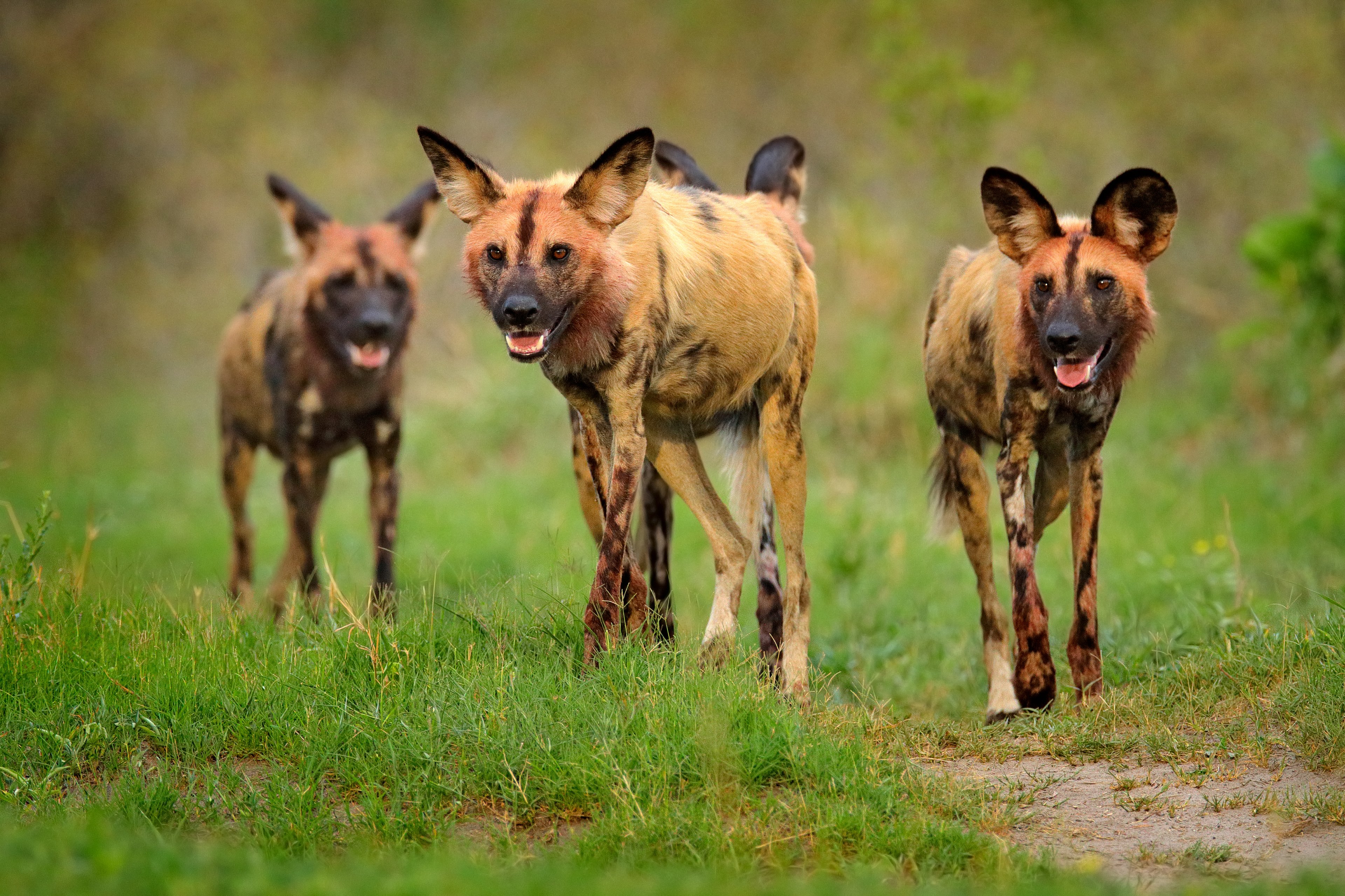Top safari lodges to stay in during the Great Migration
In the Maa language of the Maasai, Serengeti means “the place the land runs forever,” which feels entirely apt when you gaze out at the endless Acacia-tree-studded vistas, woodland and open plains. We handpick a series of spectacular, inimitably thoughtful eco-camps and lodges to immerse you in the drama. Mobile tented camps like Wilderness Usawa and Serengeti Under Canvas deliver the ultimate in freedom as you actually move with the animals across the landscape, keeping pace with their roar and thunder and witnessing new swathes of the Serengeti in ultra-luxe comfort and safety. The soon-to-open Singita Milele (May 2024) is a different take. This exquisitely designed hillside villa overlooks the action, perfect for a family or larger group of up to 10 guests looking to have a completely personalized and private experience of Tanzania’s wilderness. This ultra-luxe property, alongside nearby Singita Sasakwa, offers a front-row seat to the migration as it passes through the private and pristine Grumeti Reserve.
In Kenya, Angama Mara, which translates to “suspended in mid-air,” unequivocally has the best view in all of Africa, one that you are perhaps familiar with if you’ve watched “Out of Africa,” much of which was filmed there. Richard’s Camp and Cottars Camp (heaven on earth for children with solid conservation programs for growing minds and fun, educational activities) are two other properties that place you in the heart of the action. Both old-world odes to safari are set within private conservancies, giving you an exclusive experience for the most part, with your stay contributing directly toward conservation efforts.
Planning your trip
The ROAR AFRICA team is the unequivocal Navy SEALS of safari travel. Our level of expertise, accrued over a lifetime of lived experience on the continent, alongside our seamless, totally stress-free design and delivery of 100% personalized safari journeys, exceed even the greatest expectations. Africa is our home; we’re not just selling another destination. Instead, we are with you at every step of the way. With our team on-call on the ground in Africa 24/7, our native-born guides elevate your experience and grant you precious insight and insider access into the unique cultures and landscapes of your chosen destinations throughout your trip. Should you wish to plan a responsible safari trip to witness the great wildebeest migration in Tanzania or Kenya, or indeed a more extended trip tracking the migration across both countries, kindly contact our expert team at welcome@roarafrica.com, or click here.
While the Great Migration is a major draw, safaris in Kenya and Tanzania offer spectacular year-round wildlife viewing opportunities. The parks and reserves in both countries are home to an incredible array of animals, including lions, elephants, leopards, cheetahs, giraffes, hippos and many, many more, alongside top-notch lodges and private villas perfect for solo travelers, families, and large or small groups. There is no greater gift you can give yourself or your loved ones than time together in the wild.
To book a life-changing safari, contact welcome@roarafrica.com or click here. We aim to minimize the environmental impact of ROAR AFRICA travel by purchasing carbon credits equivalent to our emissions, contributing to wildlife preservation and investing in the communities that host us.






